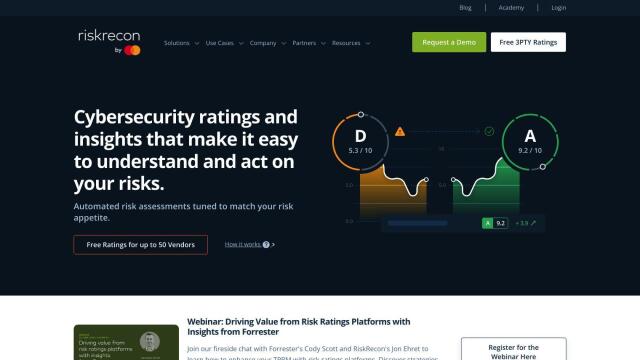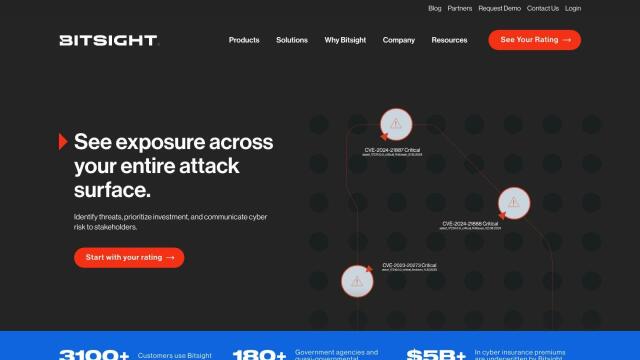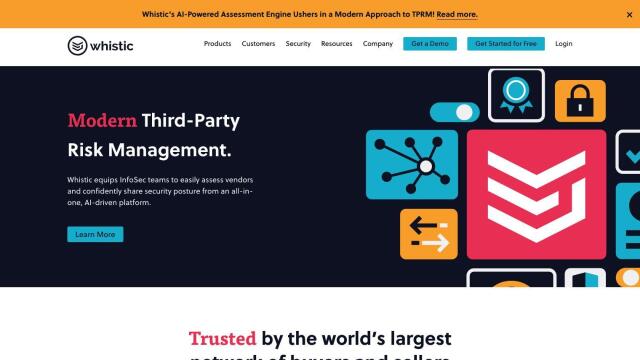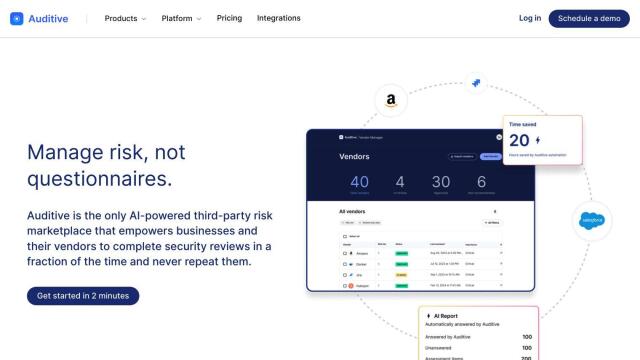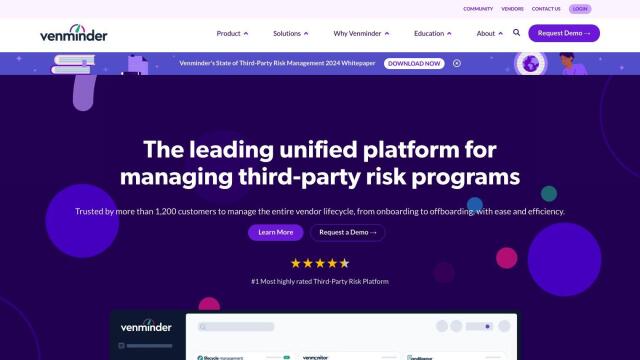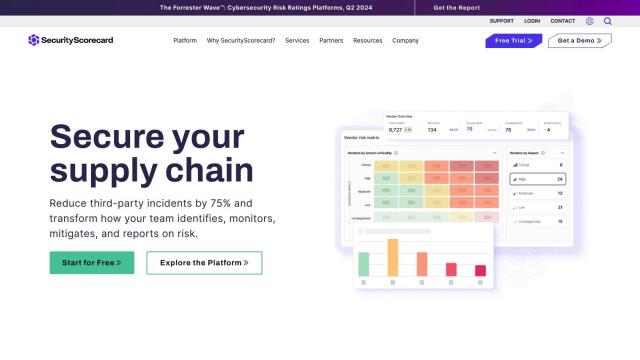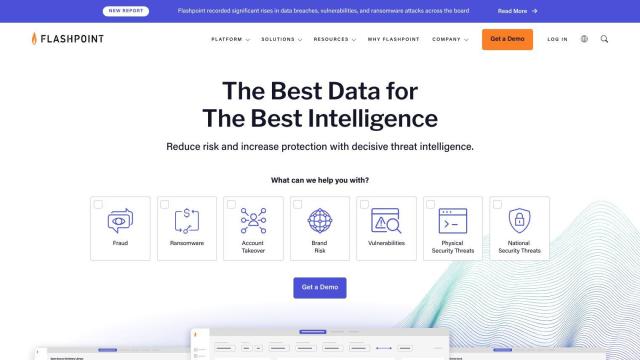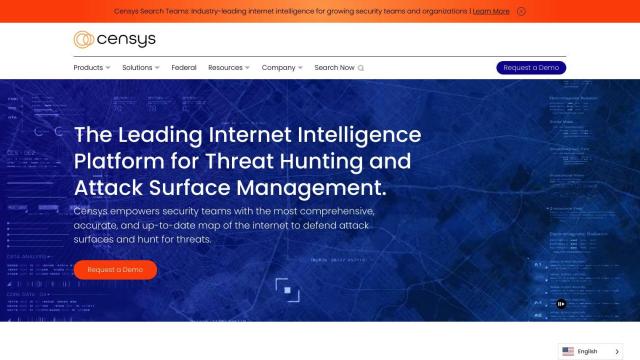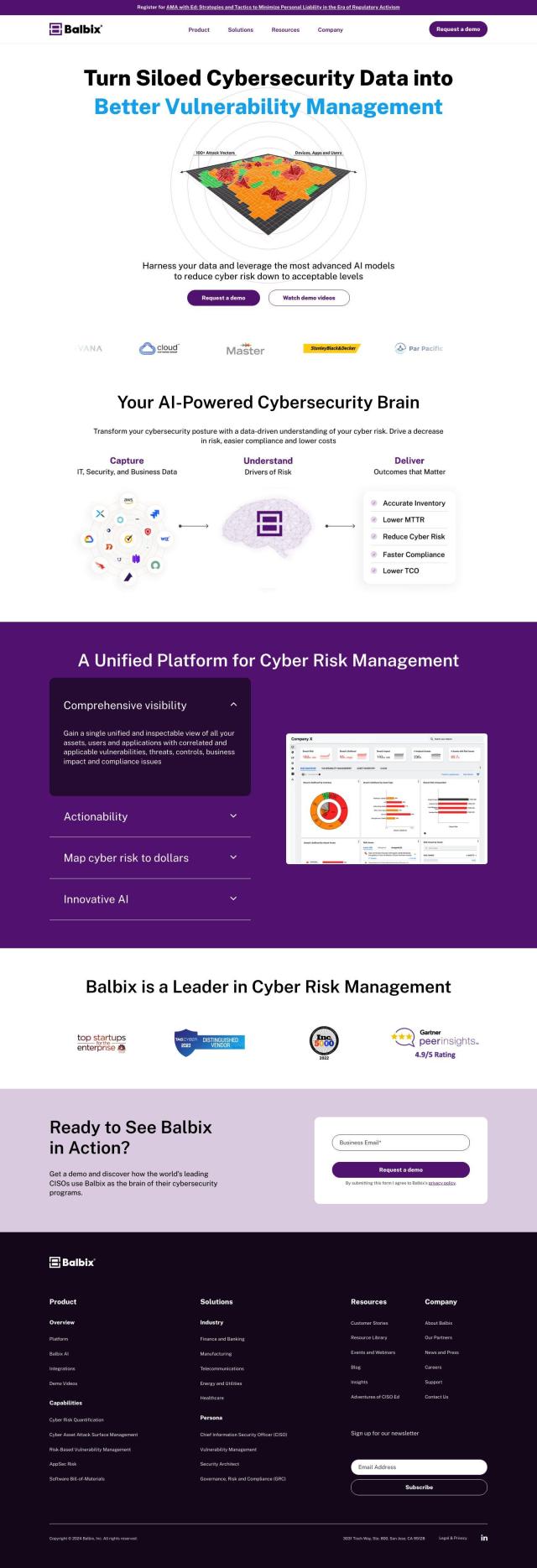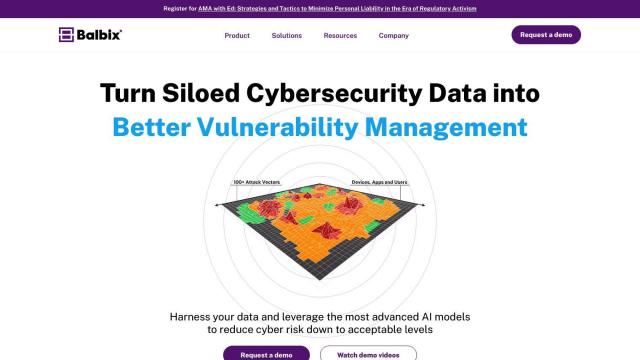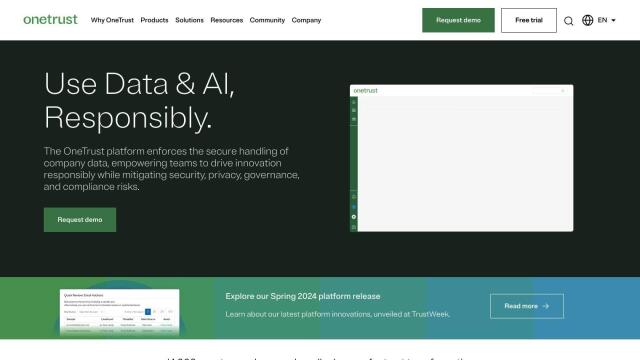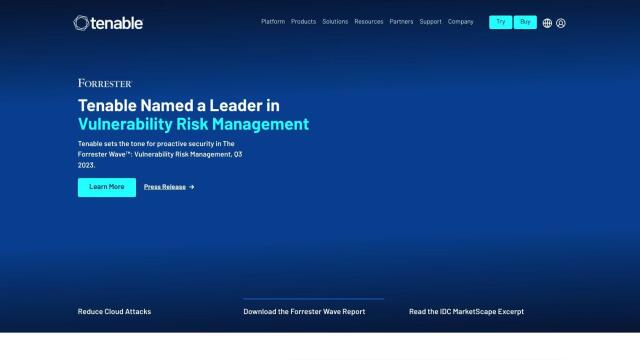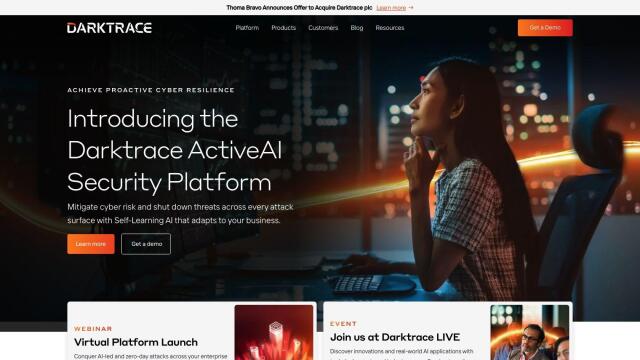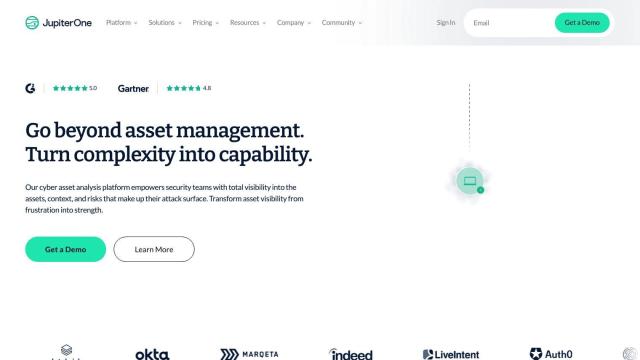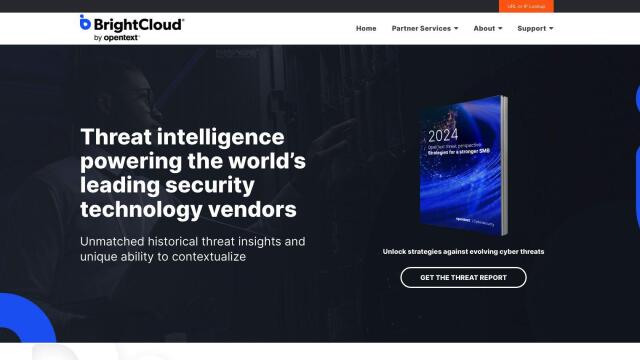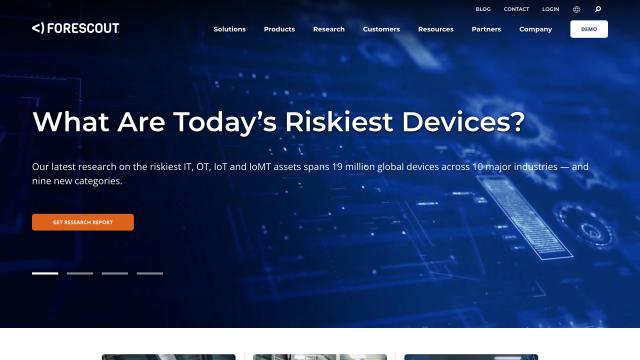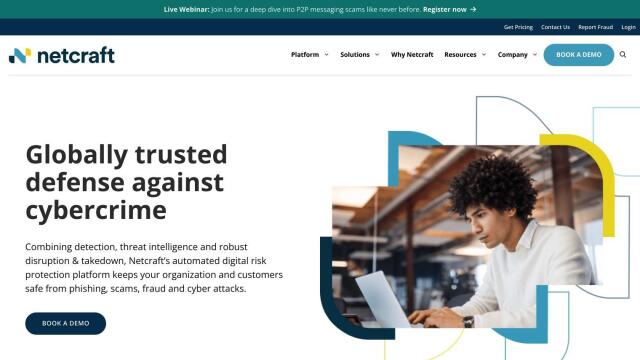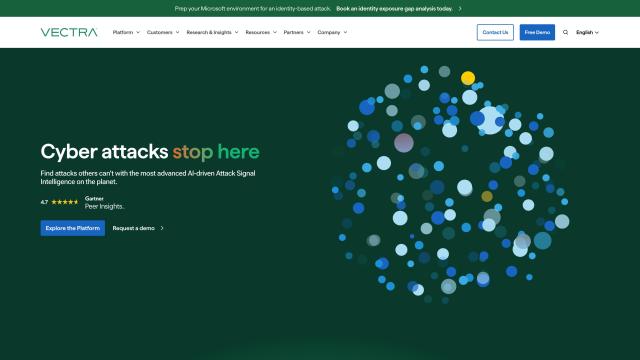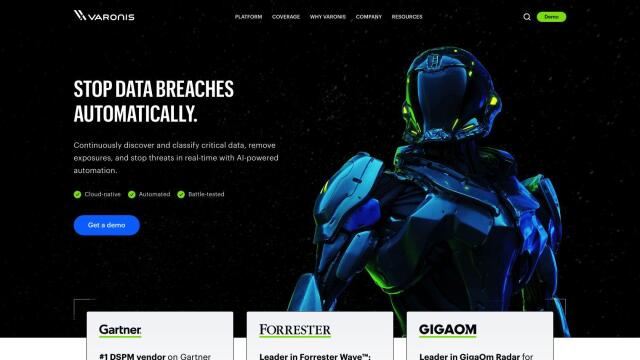Question: Can you recommend a platform that continuously monitors and assesses third-party cyber risks and provides actionable threat alerts?

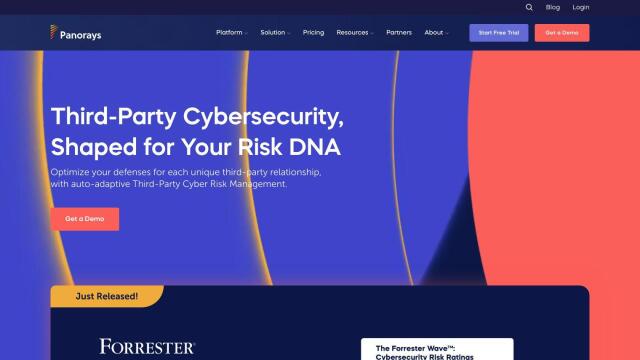
Panorays
If you're looking for a platform to continuously monitor and assess third-party cyber risks, Panorays is a good option. It gives a real-time Risk DNA rating for each third-party connection, offering continuous supply chain detection and monitoring. Features include actionable threat alerts, vendor self-guiding plans, and automated risk management, so it's a good choice for companies looking to improve third-party risk management and cybersecurity posture.

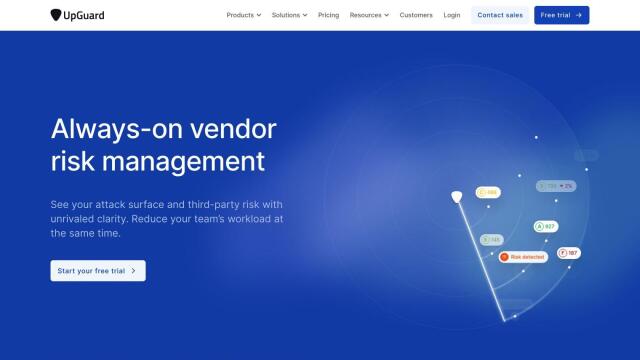
UpGuard
Another good option is UpGuard, which offers the most visibility into attack surfaces and third-party risks through continuous monitoring. It offers real-time scanning, end-to-end workflows and integration with tools like Jira, ServiceNow and Slack. UpGuard's interface is designed to automate risk detection and offers industry-leading security ratings, making it a good option for companies that want to streamline workflows and communicate with stakeholders.

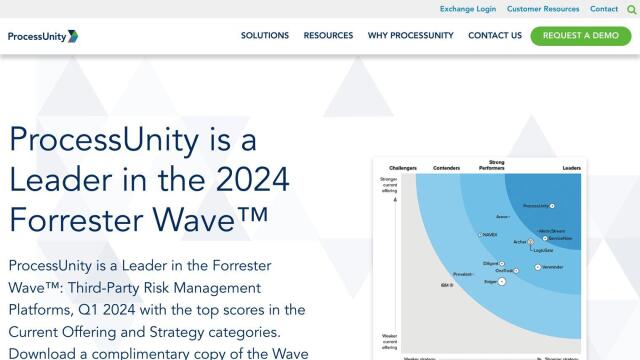
ProcessUnity
ProcessUnity is another good option, with a single platform for third-party and cybersecurity risk management. It automates the entire risk lifecycle and includes AI-powered tools specifically for third-party risk. ProcessUnity supports vendor onboarding, assessments and monitoring, and is highly customizable, so customers can extend its use without service engagements. The company is a Leader in the Forrester Wave for Third-Party Risk Management Platforms.

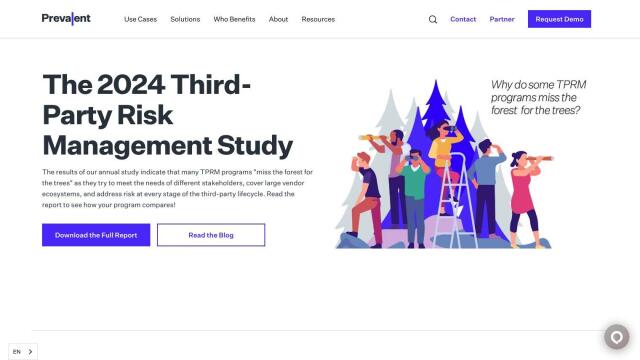
Prevalent
Last, Prevalent offers an AI-powered platform to assess and mitigate security risks from vendors and suppliers. It offers a single view of risk assessment and monitoring, and supports a variety of use cases including IT vendor risk management and supplier risk management. Prevalent's platform is geared for industries like finance, healthcare, insurance and retail, and offers value-added services like due diligence collection and analysis, so it's a good option for companies that want a scalable and efficient way to manage third-party risk.

